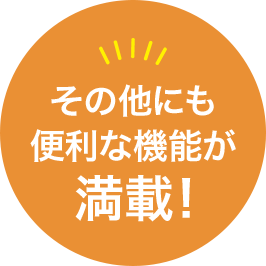| 意味 | 例文 (5件) |
陌文の英語
追加できません
(登録数上限)
「陌文」の部分一致の例文検索結果
該当件数 : 5件
当時96文を銭通しに通してまとめると100文として通用(短陌)した。例文帳に追加
In those days, a collection of 96 mon of Kanei-tsuho tied together by a string known as zeni-toshi was equivalent to 100 mon (tanhaku).発音を聞く - Wikipedia日英京都関連文書対訳コーパス
銭貨の通貨単位としては1000文が1貫文となるが、江戸時代には省陌法と称して960文をもって1貫文とすることが一般的であった。例文帳に追加
Officially, 1 kanmon was equalized with 1000 mon, but commonly, 960 mon was regarded as 1 kanmon in the Edo period, and the latter way was called shohaku method.発音を聞く - Wikipedia日英京都関連文書対訳コーパス
江戸時代に銅銭96枚(=96文)の束をもって銭100文と見なした慣習も短陌の一つと見なされる。例文帳に追加
The custom with which a bundle of 96 copper coins (equal to 96 mon [an old currency unit in Japan]) was considered as 100 coins in the Edo period is regarded as one of tanhaku.発音を聞く - Wikipedia日英京都関連文書対訳コーパス
これは当時銭緡(ぜにさし)を省陌法と称して寛永通寳一文銭96枚の束をもって100文とする慣行からである。例文帳に追加
The reason is that, at that time, Zenisashi was called as Shohaku method (currency exchange rate in Edo period) where 96 pieces of ichimonsen (one-mon coin) (mon is a monetary unit of old times) was 100 mon.発音を聞く - Wikipedia日英京都関連文書対訳コーパス
貫は通貨の単位(1000文。江戸時代には一般的に省陌法と称して960文。明治時代には10銭)としても用いられたので、区別のために質量の方は貫目、通貨の方は貫文と呼んだ。例文帳に追加
As the kan was also used as the currency unit (1 kan equals 1,000 mon; in the Edo period, 1 kan equaled 960 mon under the Shohaku method [currency exchange rate in Edo period]; in the Meiji period, 1 kan equaled 10 sen), the kan for representing mass was called kanme, while that for representing the currency was called kanmon, to make clear the difference between them.発音を聞く - Wikipedia日英京都関連文書対訳コーパス
-
履歴機能
 過去に調べた
過去に調べた
単語を確認! -
語彙力診断
 診断回数が
診断回数が
増える! -
マイ単語帳
 便利な
便利な
学習機能付き! -
マイ例文帳
 文章で
文章で
単語を理解! -

|
| 意味 | 例文 (5件) |
ピン留めアイコンをクリックすると単語とその意味を画面の右側に残しておくことができます。 |
|
ログイン |
Weblio会員(無料)になると
|
weblioのその他のサービス
|
ログイン |
Weblio会員(無料)になると
|
